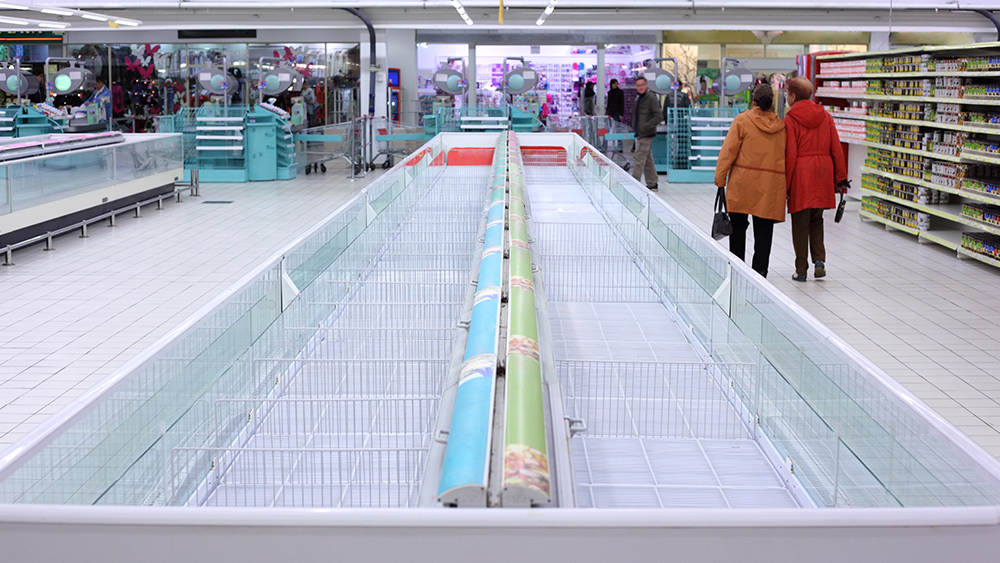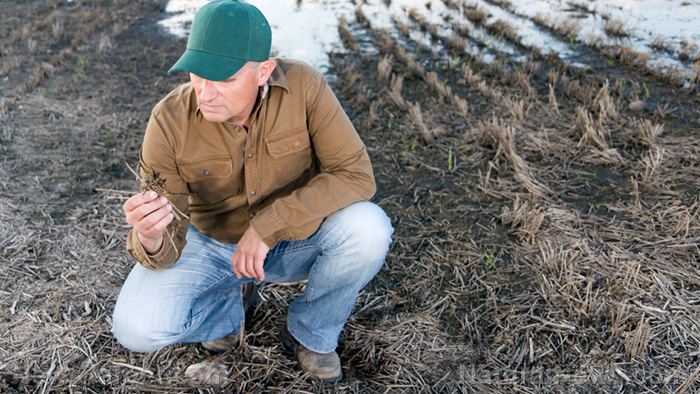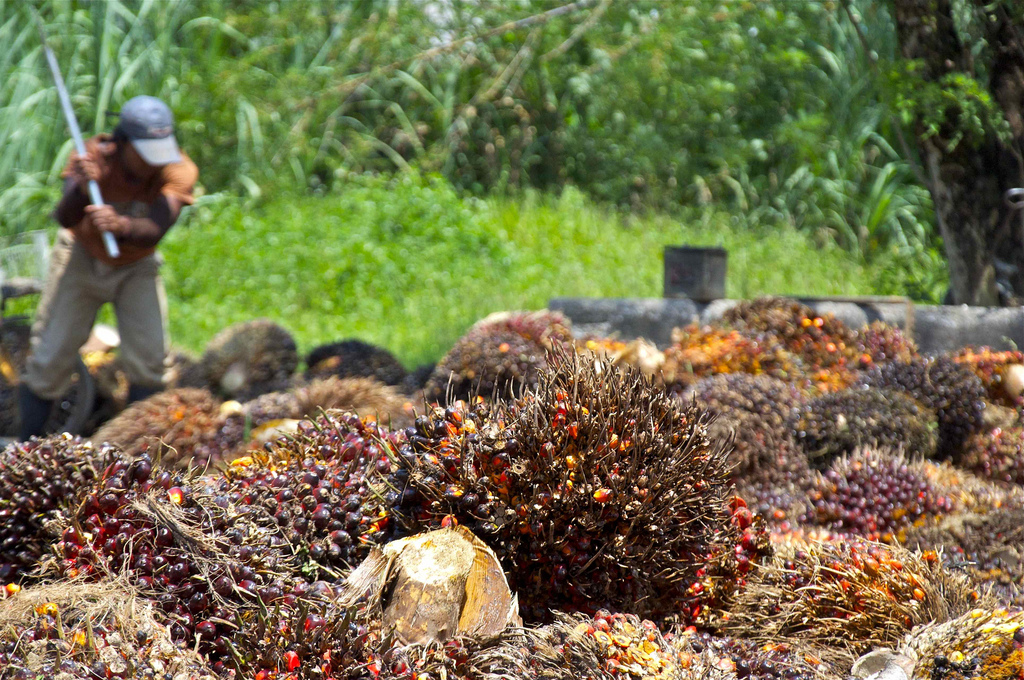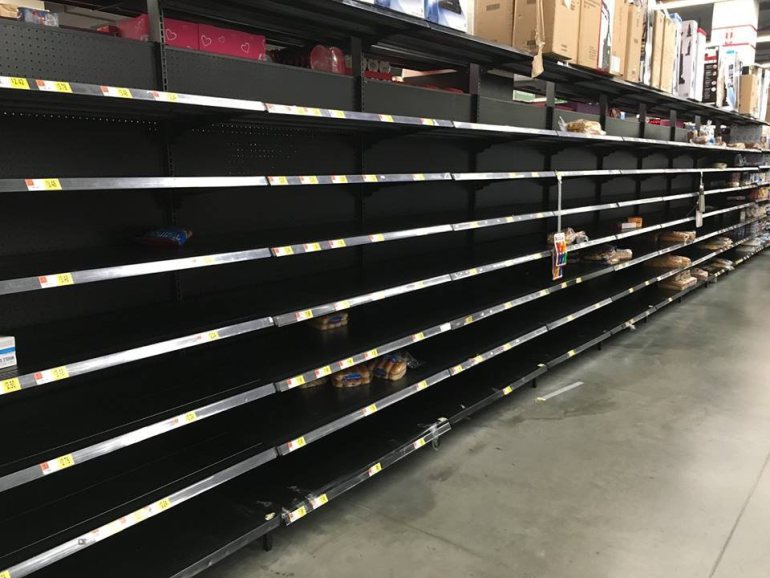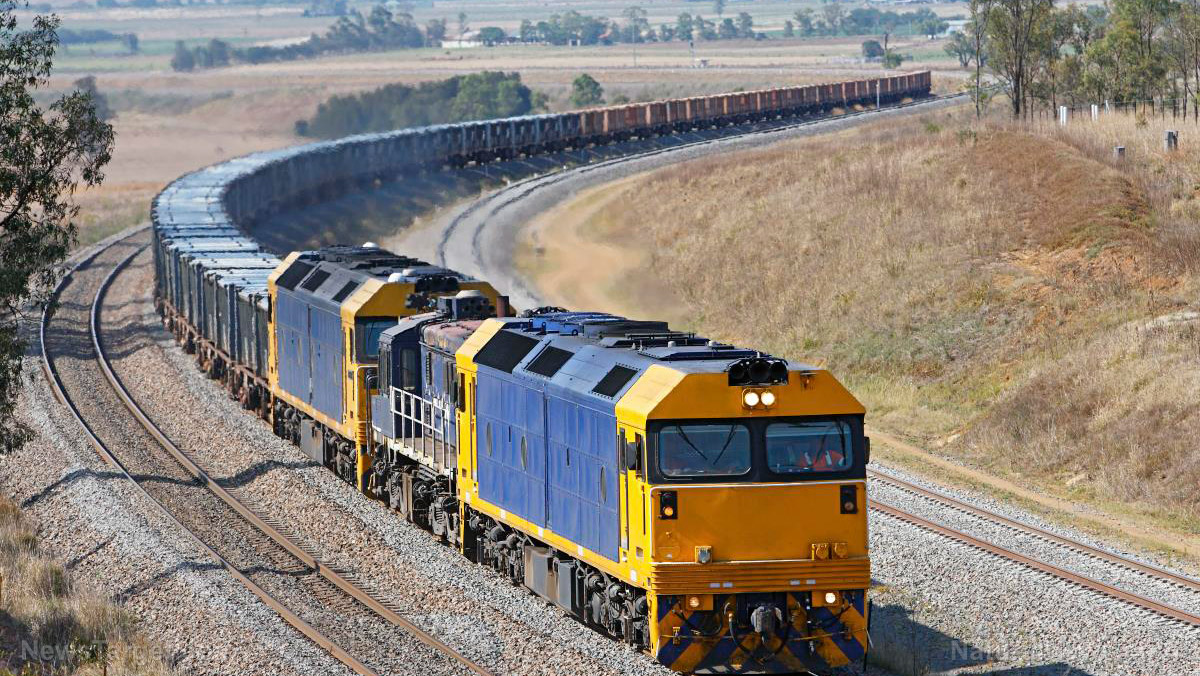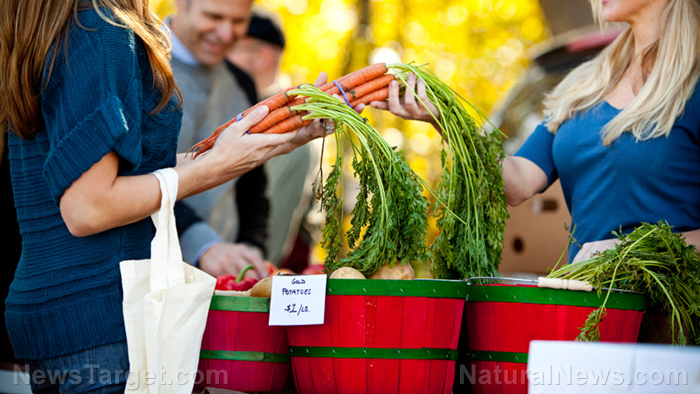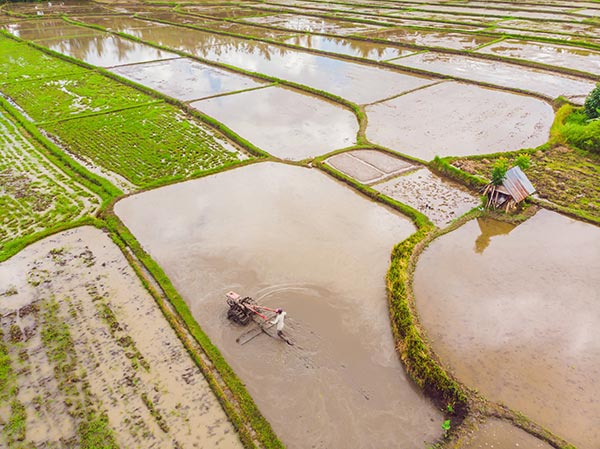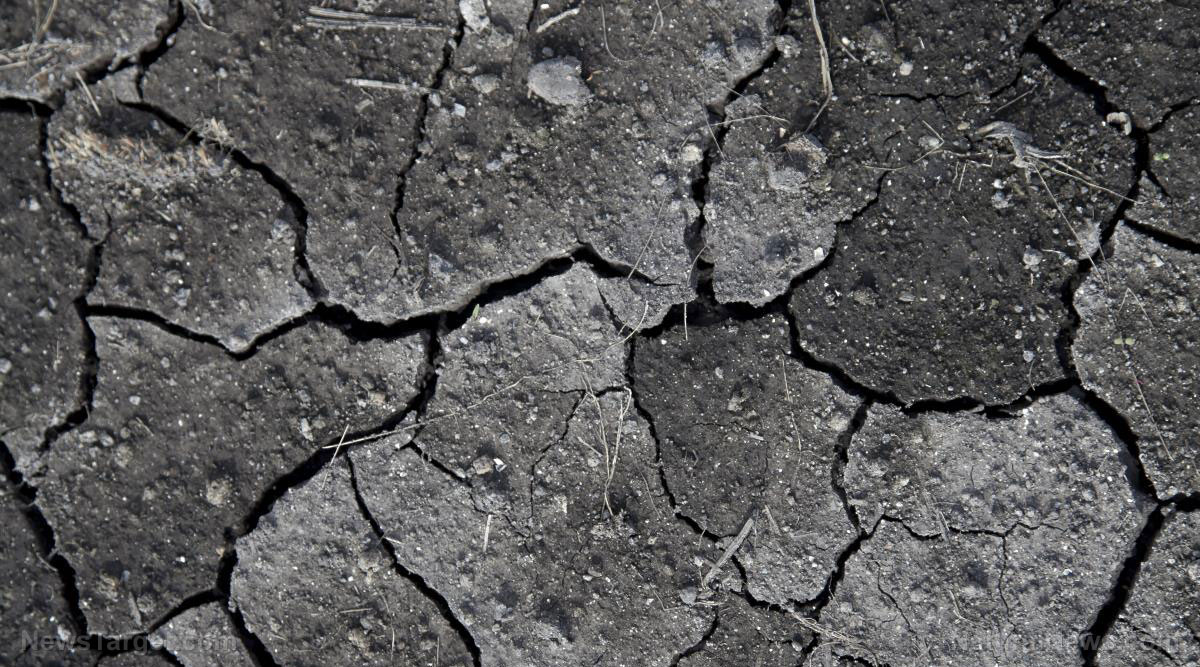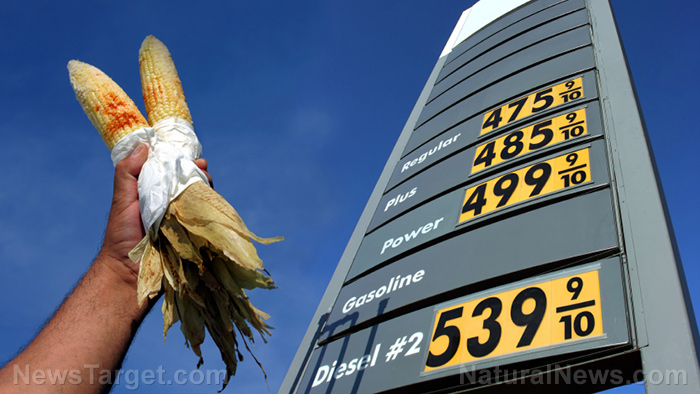Global food prices surge to record highs; FAO warns of possible famine all over the world
04/13/2022 / By Arsenio Toledo

The Food and Agriculture Organization (FAO) of the United Nations reported that global food prices soared above all-time highs in March as a consequence of unsolved supply chain issues and the economic fallout from the war in Ukraine.
In March, the FAO’s food price index increased to its third straight record high. It jumped by nearly 34 percent from the same time last year.
Furthermore, the FAO said that its food price index, which also tracks monthly changes in international prices for a basket of commodities, averaged 159.3 points in March – up by 12.6 percent from its February numbers. The organization called this a “giant leap.”
FAO Deputy Director-General Beth Bechdol placed most of the blame for the surging food prices on the war in Ukraine.
“The ongoing conflict in Ukraine is heightening concerns about the impact on food security worldwide,” said Bechdol. “We are witnessing food price increases across the board.”
According to estimates from both the FAO and the Ukrainian government, between 20 to 30 percent of land in Ukraine that used to produce winter grains, corn and sunflower will go unplanted this spring or will be unharvested by July and August.
This massive drop in food production in Ukraine will lead to a global gap between supply and demand in food for human consumption and feed for livestock. This could raise international prices by another eight to 22 percent above their already significantly elevated levels.
Uncontrollable food prices exacerbate famine fears worldwide
Ukraine and Russia together account for around 30 percent of the global wheat trade. While Russia has attempted to continue shipping wheat since the invasion of Ukraine started, Western-led economic sanctions have complicated payments, leading to massive uncertainty regarding wheat supply.
This loss of wheat exports has exacerbated fears that parts of the world that are reliant on Ukrainian and Russian agricultural exports will experience a famine. (Related: Ukraine farmers unable to work on their fields due to war, increasing fears of global food shortages.)
Other sizable grain exporters like Argentina, Australia, Canada, France and the U.S. are trying to make up for the decreased wheat production. But farmers in these countries are struggling to increase grain exports due to rising fuel and fertilizer costs cutting into their output.
If these countries can increase output, it will take a long time before countries that rely on Ukrainian and Russian agricultural exports feel the difference.
In 2021, 36 out of 55 countries that were experiencing food crises depended on Ukrainian and Russian exports for more than 10 percent of their total wheat imports, including 21 countries whose food crises are considered severe or major.
If the shortage of food commodities caused by the war and the debilitating sanctions persists, FAO predicted that the global number of undernourished people could increase from eight million to 13 million. Most of these people will come from the Asia-Pacific region, followed by sub-Saharan Africa, North Africa and East Africa.
For consumers in advanced economies, food costs account for around 17 percent of spending. People in developing countries spend a significantly higher proportion of their earnings on food, sometimes more than double what consumers in the developed world spend. For people in sub-Saharan Africa, for example, food accounts for up to 40 percent of their spending.
These proportions are expected to get significantly worse the longer the conflict and the fallout from it drag on.
Learn more about rising food prices and the increasing risk of a global food collapse at FoodCollapse.com.
Watch this episode of the “Health Ranger Report” as Mike Adams, the Health Ranger, talks about how the entire world is about to experience starvation on a never-before-seen scale.
This video is from the Health Ranger Report channel on Brighteon.com.
More related articles:
Collapse incoming: European nations start RATIONING food and fuel.
Global food shortage caused by war in Ukraine serves globalist Great Reset agenda.
Sources include:
Submit a correction >>
Tagged Under:
agriculture, chaos, crops, famine, FAO, food collapse, food exports, food supply, harvest, inflation, panic, price increase, products, Russia, Russo-Ukrainian War, starvation, supply chain crisis, Ukraine, World War III
This article may contain statements that reflect the opinion of the author
RECENT NEWS & ARTICLES
FoodRationing.news is a fact-based public education website published by FoodRationing News Features, LLC.
All content copyright © 2021 by FoodRationing News Features, LLC.
Contact Us with Tips or Corrections
All trademarks, registered trademarks and servicemarks mentioned on this site are the property of their respective owners.


